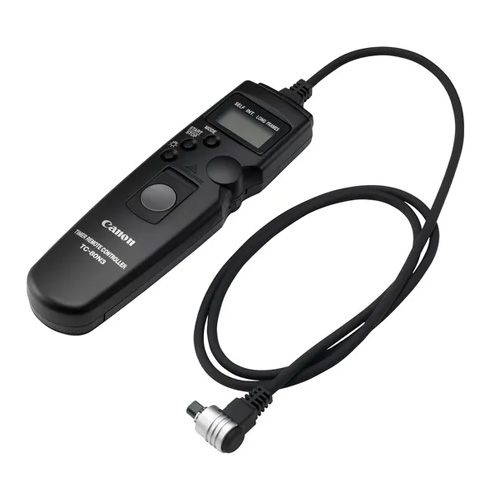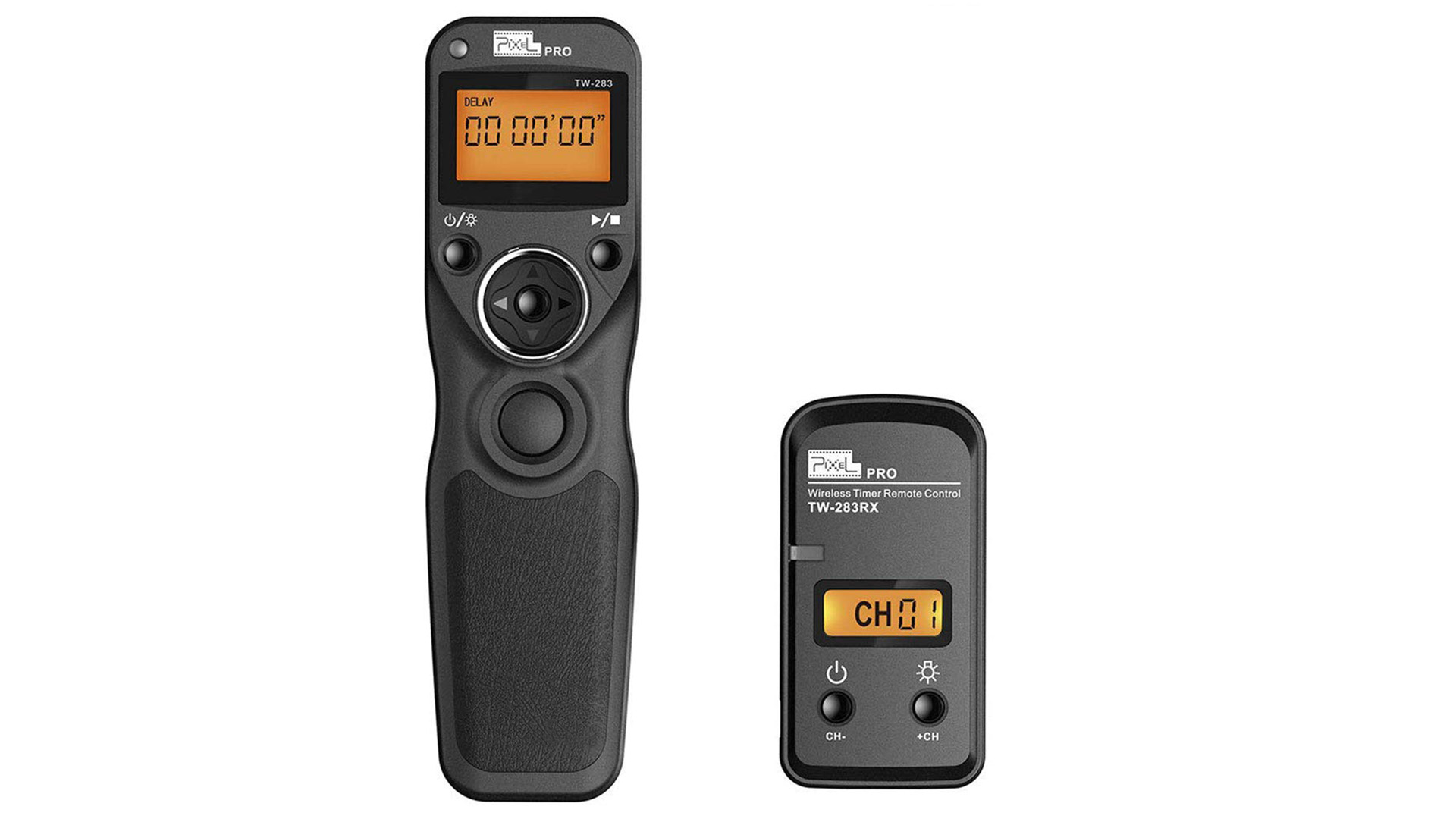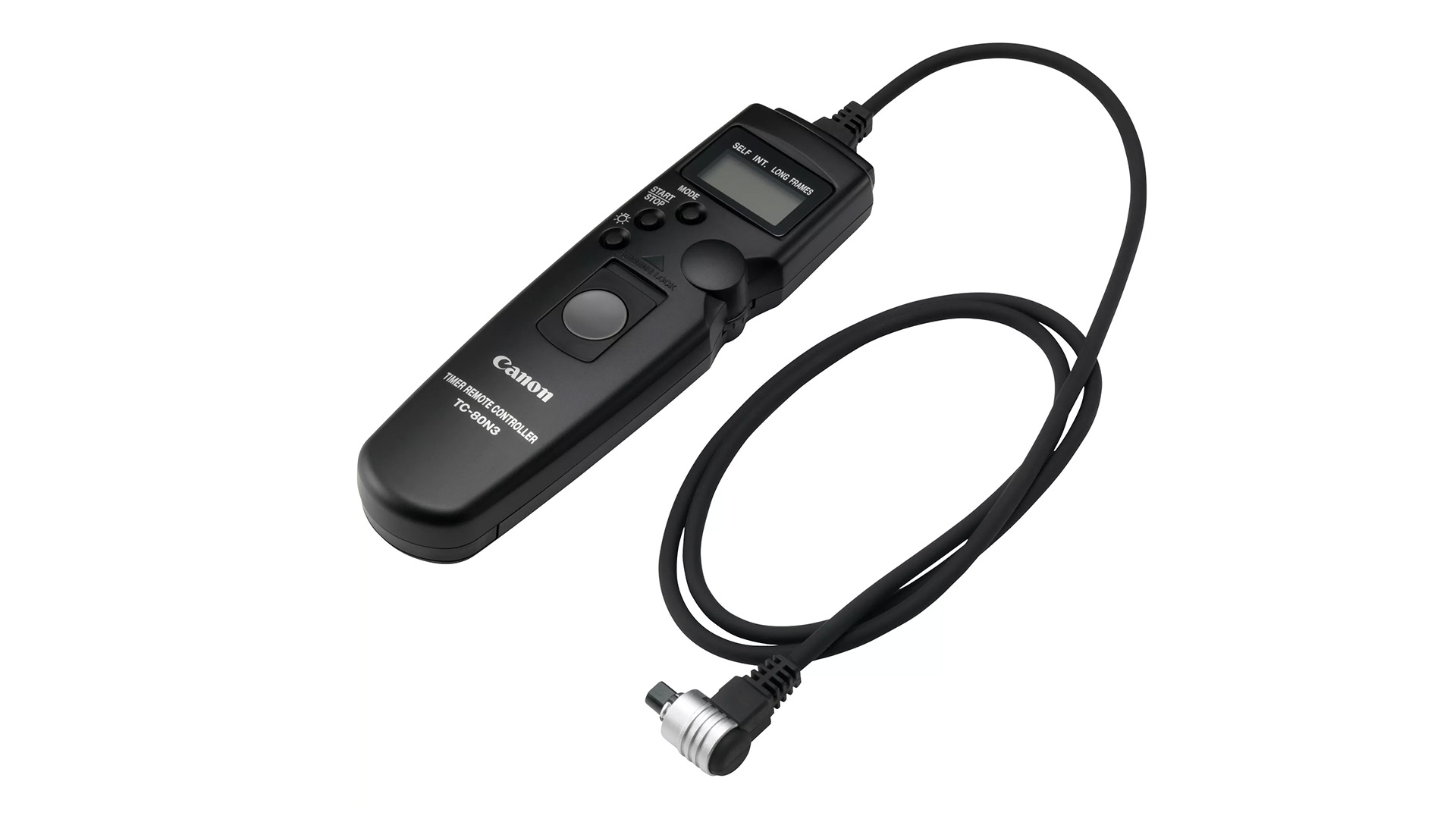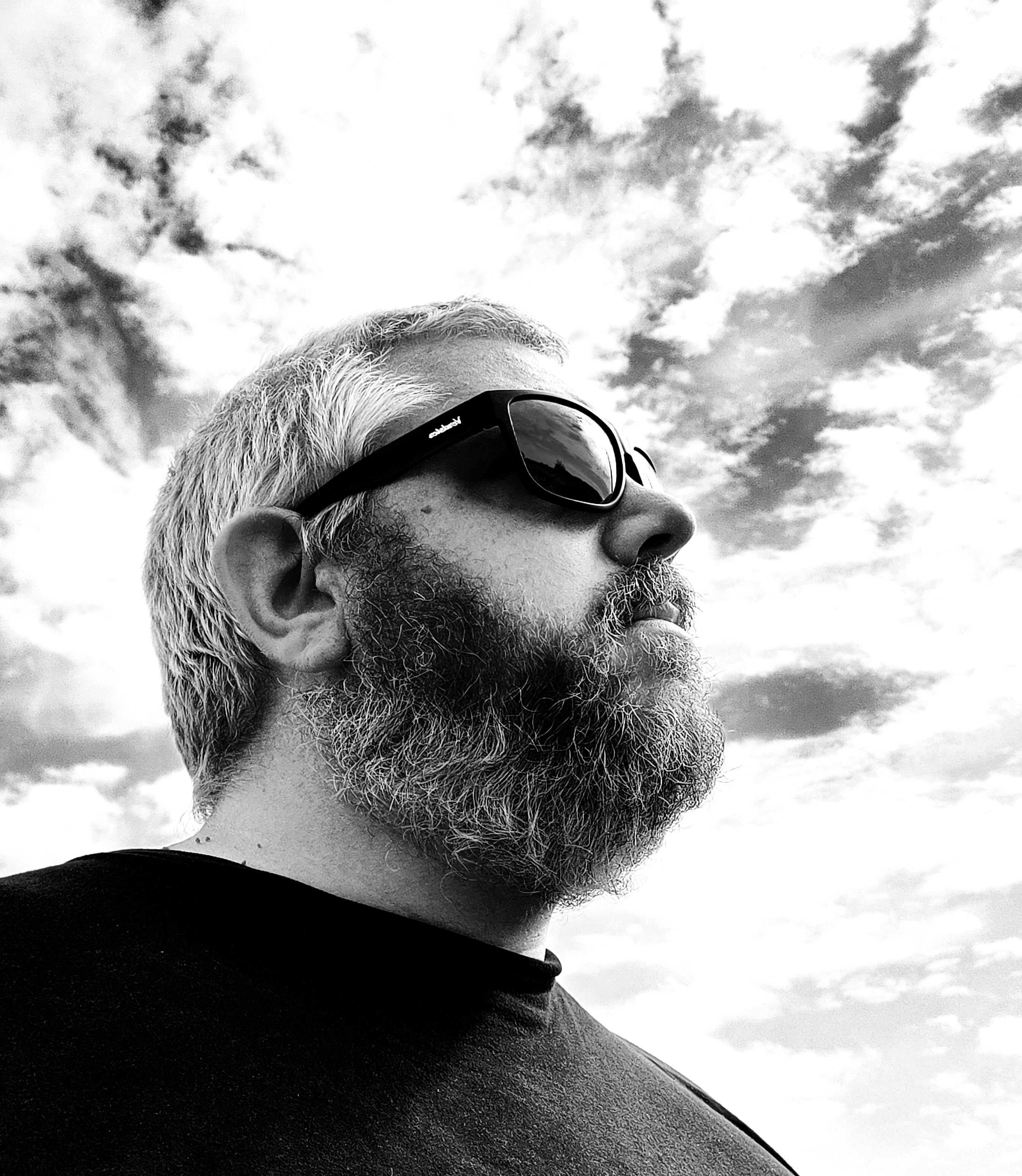Best intervalometers for astrophotography 2025: Capture star trails and create beautiful time lapses
We have rounded up the best intervalometers, perfect for capturing star trails and creating stunning time-lapse images.

Owning one of the best intervalometers is a must-have if you're an astrophotographer who wants to capture light trails of the night sky, or create beautiful time lapses.
An intervalometer automatically presses your camera’s shutter release by connecting to a port on the side of your camera. You can program them before you start shooting, and leave them to do their job while you get on with something else — which in the case of astrophotography projects may well be sleeping.
Some newer cameras may have a built-in intervalometer, but some of the best cameras for astrophotography don’t — so acquiring one is essential. Here are our picks of the best intervalometers on the market, and remember to view the solar eclipse safely.
The Quick List
We've rounded up our picks for the best intervalometers for astrophotography. For more in-depth information on a particular camera, click the read more links.

Best overall
The Pixel TW-283 packs an impressive range and fits a wide variety of cameras. Its wireless remote is a neat bonus, too.

Best for batteries
The Neewer remote demands fewer batteries than the top-tier models, but it has a much shorter range.

Best for features
This wireless enabled timer gives you great control over your shoot, but it's a complex one to master.

Best wireless
A powerful but user-friendly intervalometer, available for multiple cameras, with a wireless range of up to 60m.

Best for Canon
This controller is packed with features, but it's pricey and only suitable for Canon users
Best overall

Pixel TW-283
Our expert review:
Specifications
Reasons to buy
Reasons to avoid
Available for a broad range of camera systems, including Canon, Nikon, Sony and Panasonic, this is everything you need in an intervalometer. It works as a remote shutter release, with single-shot, continuous and bulb modes, and is also programmable so that you can schedule bursts of frames at specific times, or delay the release up to a minute after you press the button.
The included wireless remote is another nice feature. With a range of up to 80m you can set your camera up close to something dangerous or easily spooked, then shoot from a safe distance.
It’s a bit complicated, with menus you’ll need to trawl through to find the setting you need, but it’s fully featured, and comes with adaptors so you can use it on several different cameras.
Best for batteries

Neewer 6-in-1 Timer Shutter Release
Our expert review:
Specifications
Reasons to buy
Reasons to avoid
Another model that can be used across different brands, the Neewer uses two AAA batteries that are not included. Without them, you can use it as a remote shutter release, but its timer functions rely on having the batteries in place.
With six different plugs, this intervalometer can be used across Canon, Sony, Olympus and Nikon camera bodies. It’s completely programmable, so all you need to do is set the time intervals that you want images taken at, then set the number of images you need, and leave it to do its thing. The backlit display means you can work with it easily in the dark too. There's a small drawback with this wired model, in that its range is quite short (just 1.2 metres) but that shouldn't matter if you plan on standing next to your camera during astro shoots.
Best for features

PHOLSY Wireless Timer
Our expert review:
Specifications
Reasons to buy
Reasons to avoid
Available for most popular brands of camera, the PHOLSY is a completely wireless system with a range of 60m. Perfect for leaving your camera out on a winter’s night while you control it from indoors, you can change shutter speeds and intervals on the fly. There's also a bracketing feature for those times you want to create an HDR image in post production, and timing is accurate down to a tenth of a second.
Camera bodies with Wi-Fi connectivity and a matched smartphone app may find that this functionality is already available to them, albeit with a shorter range, but this is a neat little system that makes the creation of star trail images much easier.
Best wireless

AODELAN intervalometer
Our expert review:
Specifications
Reasons to buy
Reasons to avoid
At just under $60, this isn't the world's most expensive piece of kit, but it is a little more expensive than some others in this list. But you get plenty for that amount, with a wireless receiver and transmitter capable of communicating up to 60 metres.
Users often remark on how intuitive the gadget feels, despite all the different settings, and you can take an infinite number of shots using the kit. However, you can only program 199 shots, after which you have to rely on the 'infinite' option. It feels like AODELAN missed a tricky here, as it would be useful to have a number greater than 199 – but smaller than infinity – when you're doing time-lapse photography. Still, it features everything else you'd need from an intervalometer, with various shutter release modes and timer settings available.
Best for Canon

Canon Timer Remote Controller TC-80N3
Our expert review:
Specifications
Reasons to buy
Reasons to avoid
Canon’s official intervalometer exists only to show what good value the thirdparty options are in contrast. Of course it works perfectly with all Canon cameras (many of which have an exposure timing function built in anyway) but offers nothing exceptional that you can’t get for much less elsewhere.
If you’re a Canon owner who just must have firstparty accessories, then the TC-80N3 is a very nice example of an intervalometer. You get an 80cm cable (a 10m extension is available), timed exposures up to 99 hours, an illuminated LCD panel and a thumbwheel that makes it easy to use while wearing gloves. The battery powers the timer functions, and lasts three years (officially) and anything up to nine depending on use (anecdotally). The device doesn’t have an off switch, but if the battery does fail, it can still be used as a remote shutter release.
Update log
Editor's note: Updated 3/18/25 to add quick list and add information about upcoming solar eclipse.
Breaking space news, the latest updates on rocket launches, skywatching events and more!

Ian has been a journalist for over 20 years. He's written for magazines and websites on subjects such as astronomy, quantum physics, keeping fish, PC hardware, photo editing and gardening. Ian was also editor of Windows Help and Advice magazine and the Discover Science bookazines. In his spare time he has a pet tortoise and grows his own vegetables, but wishes he had more time for photography.
